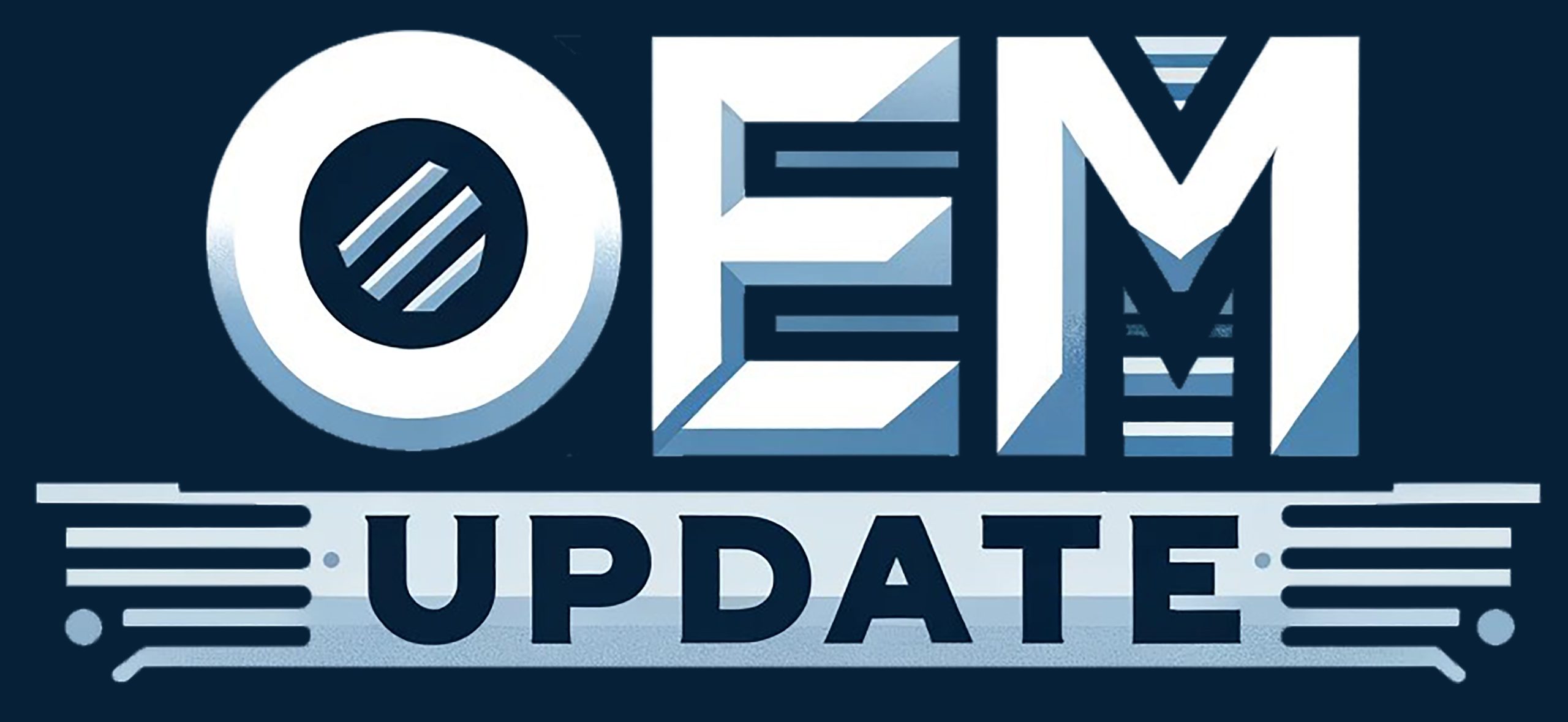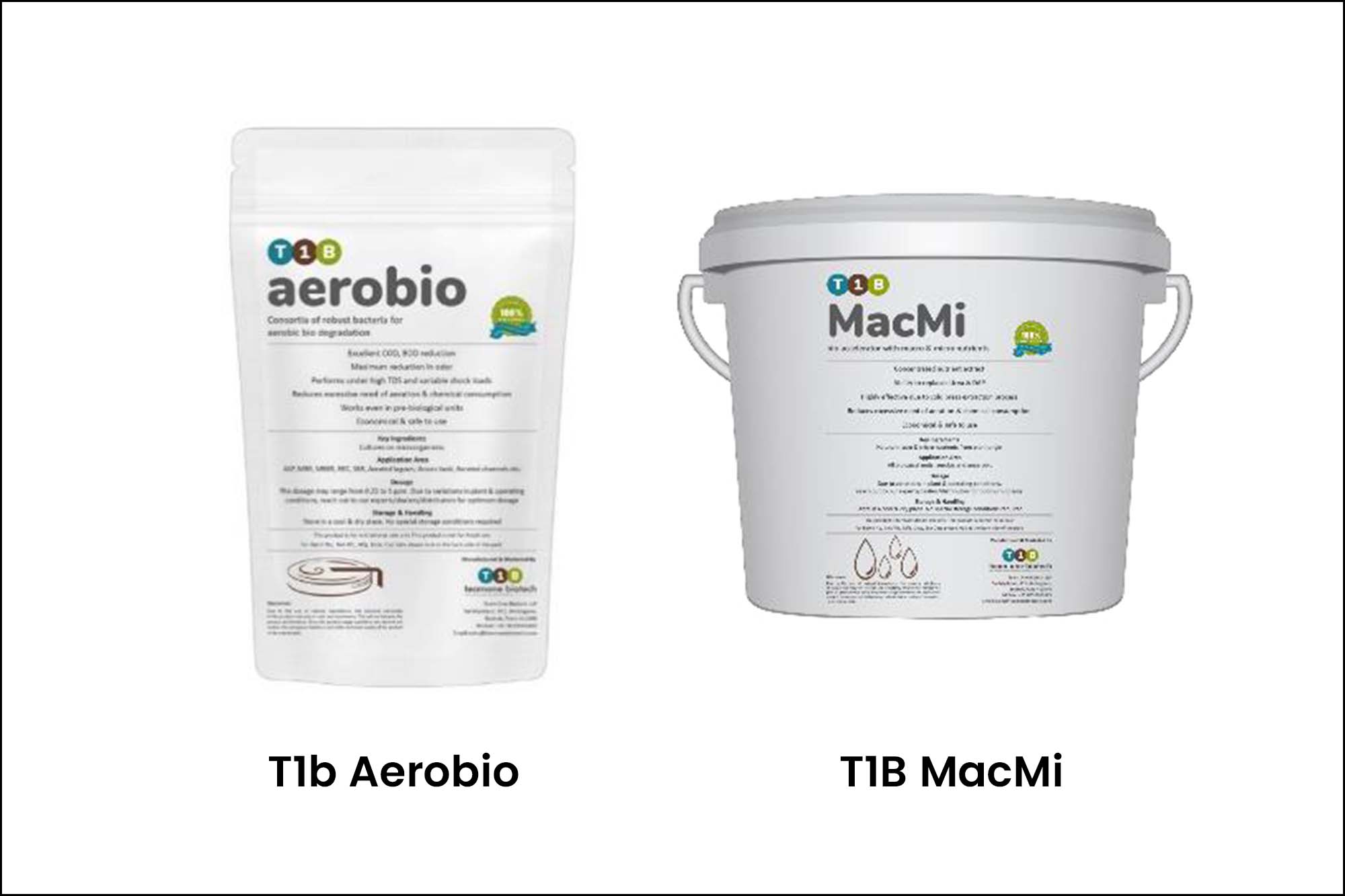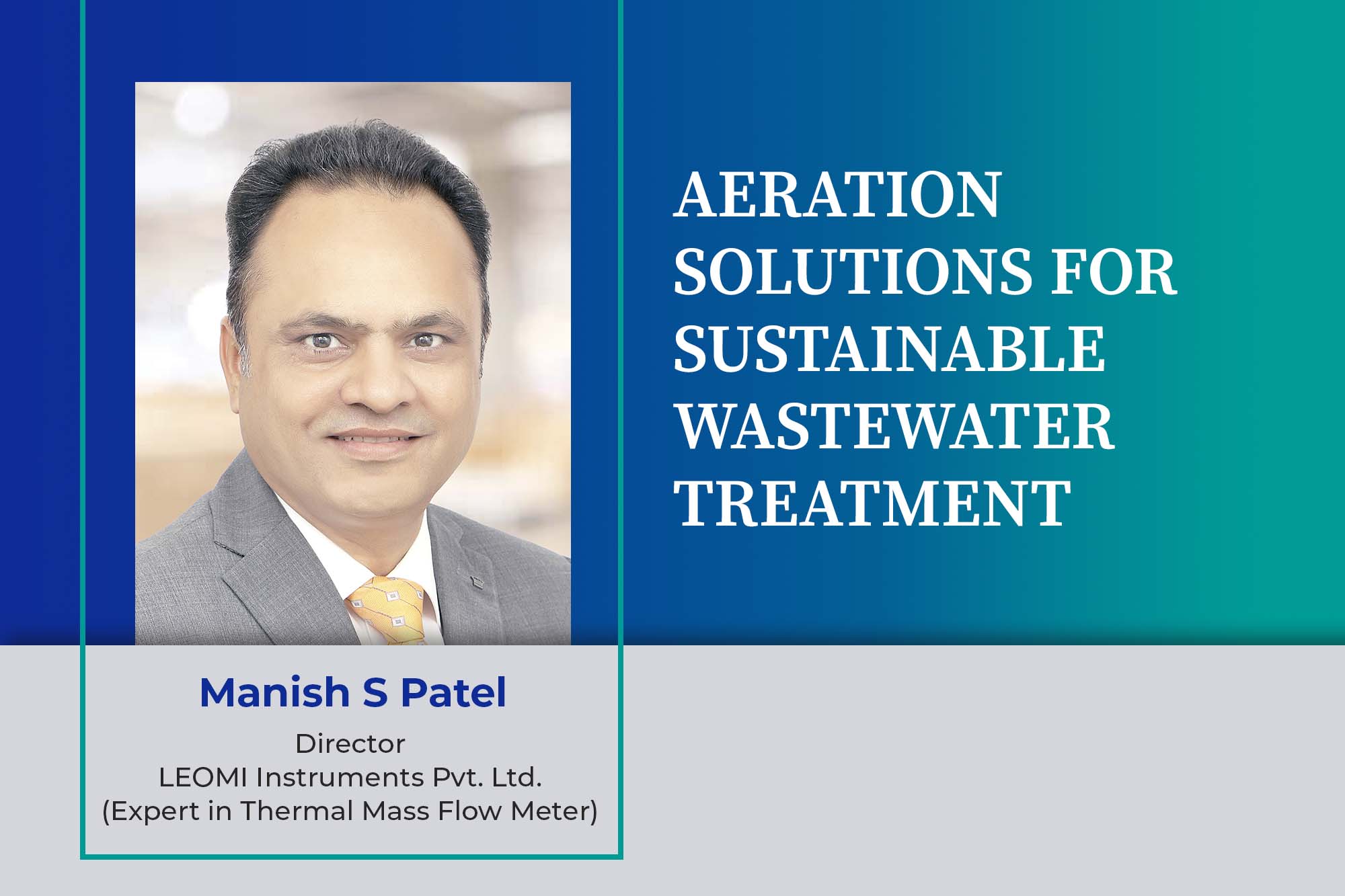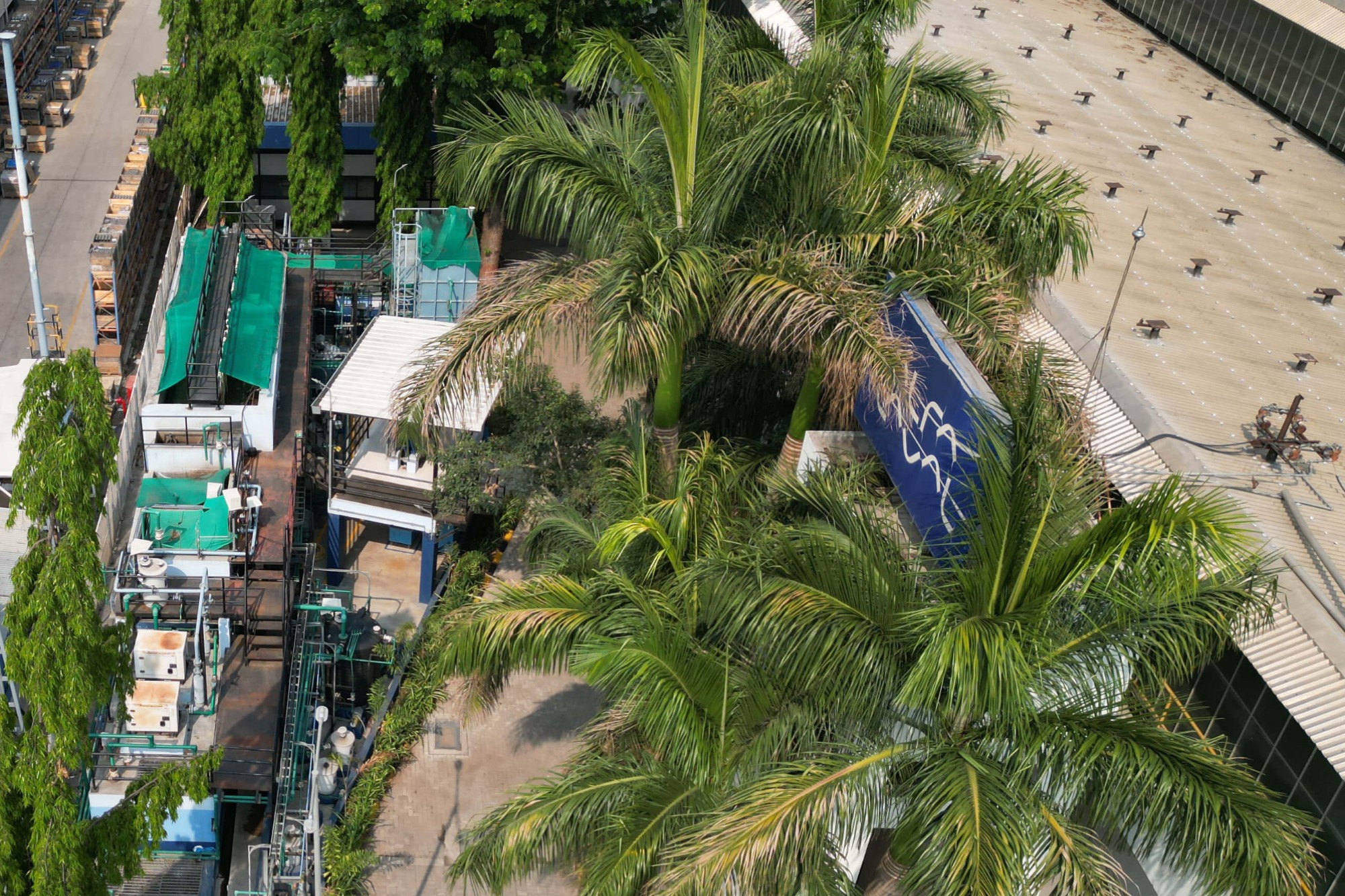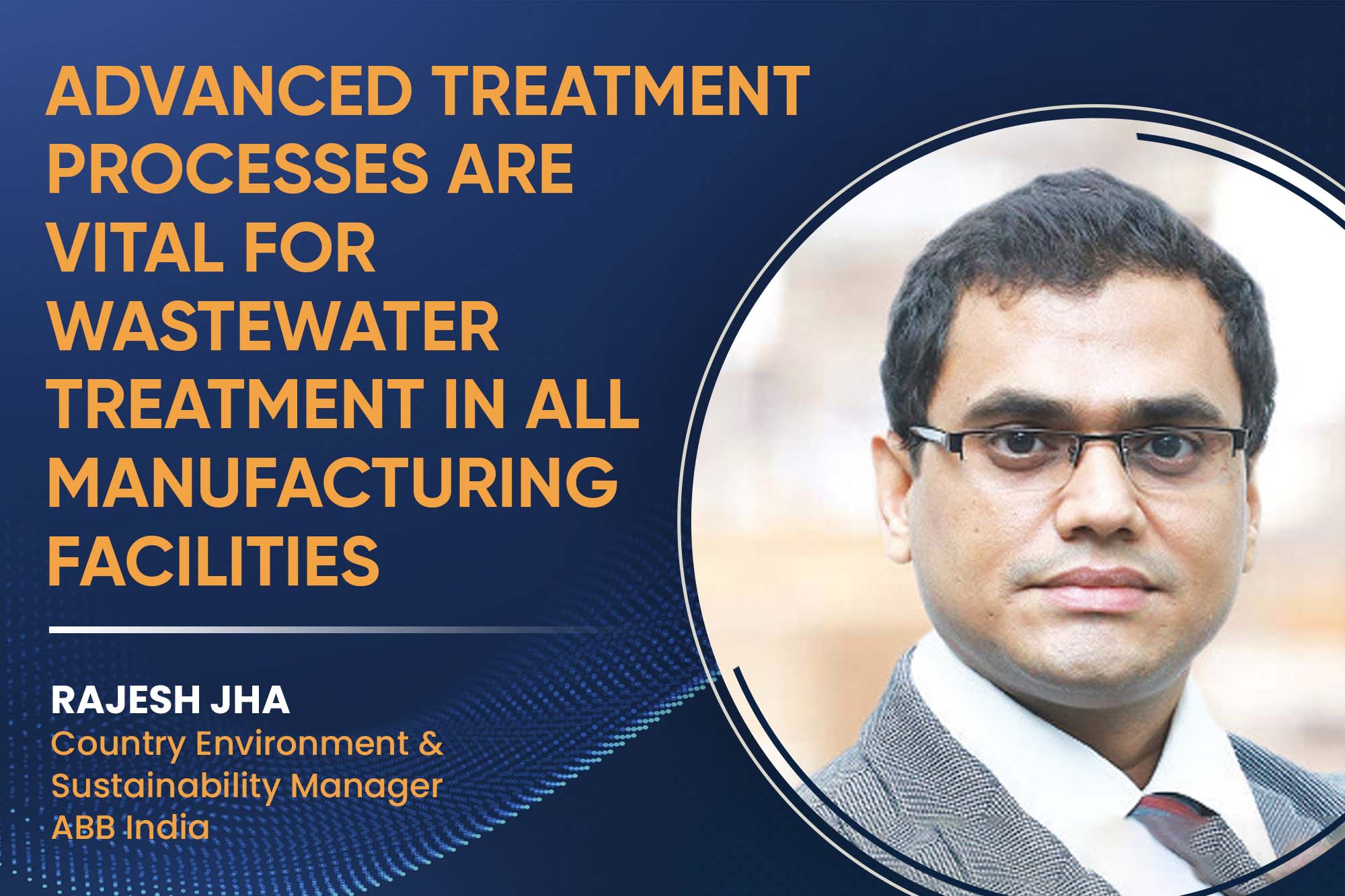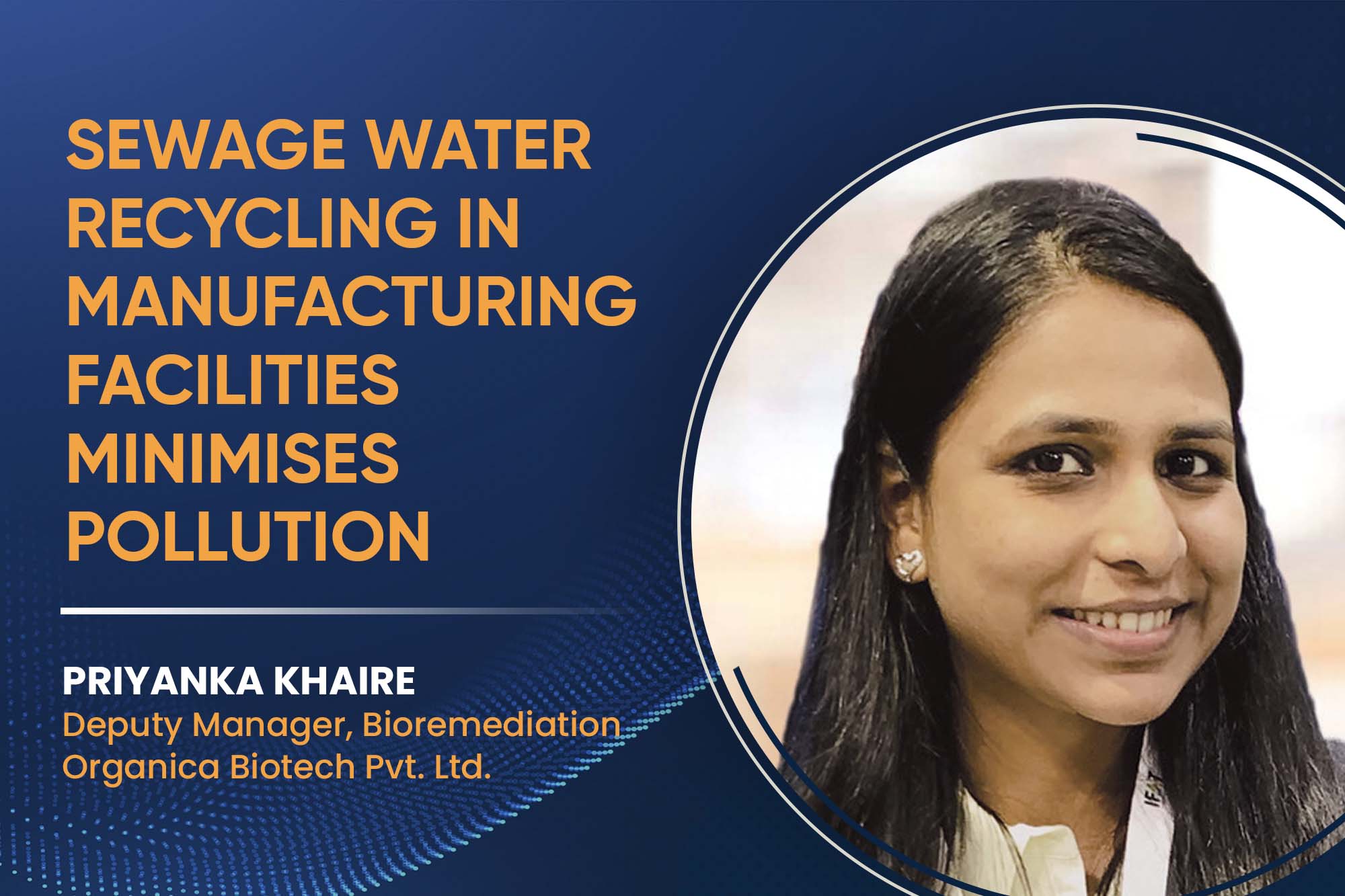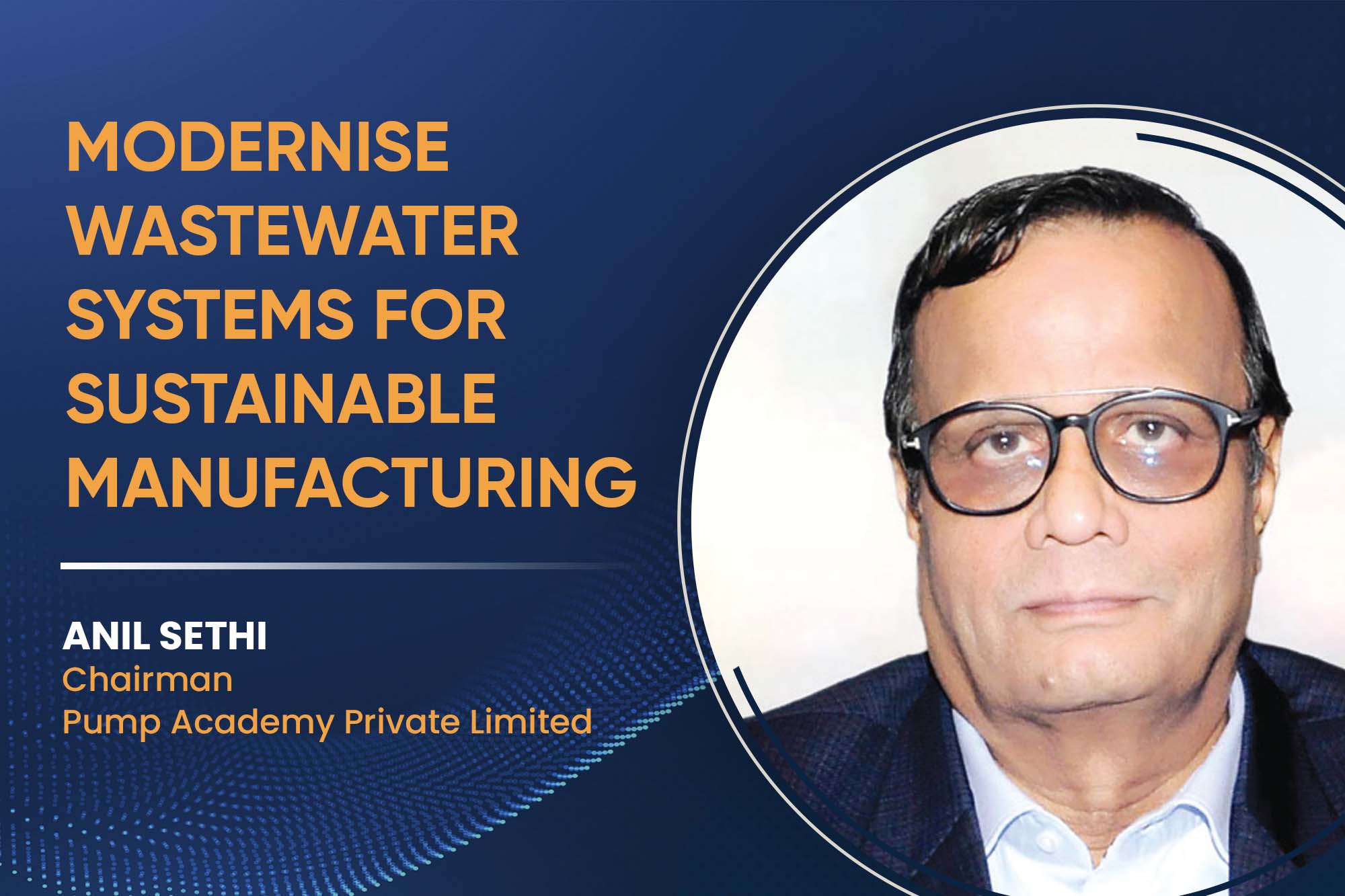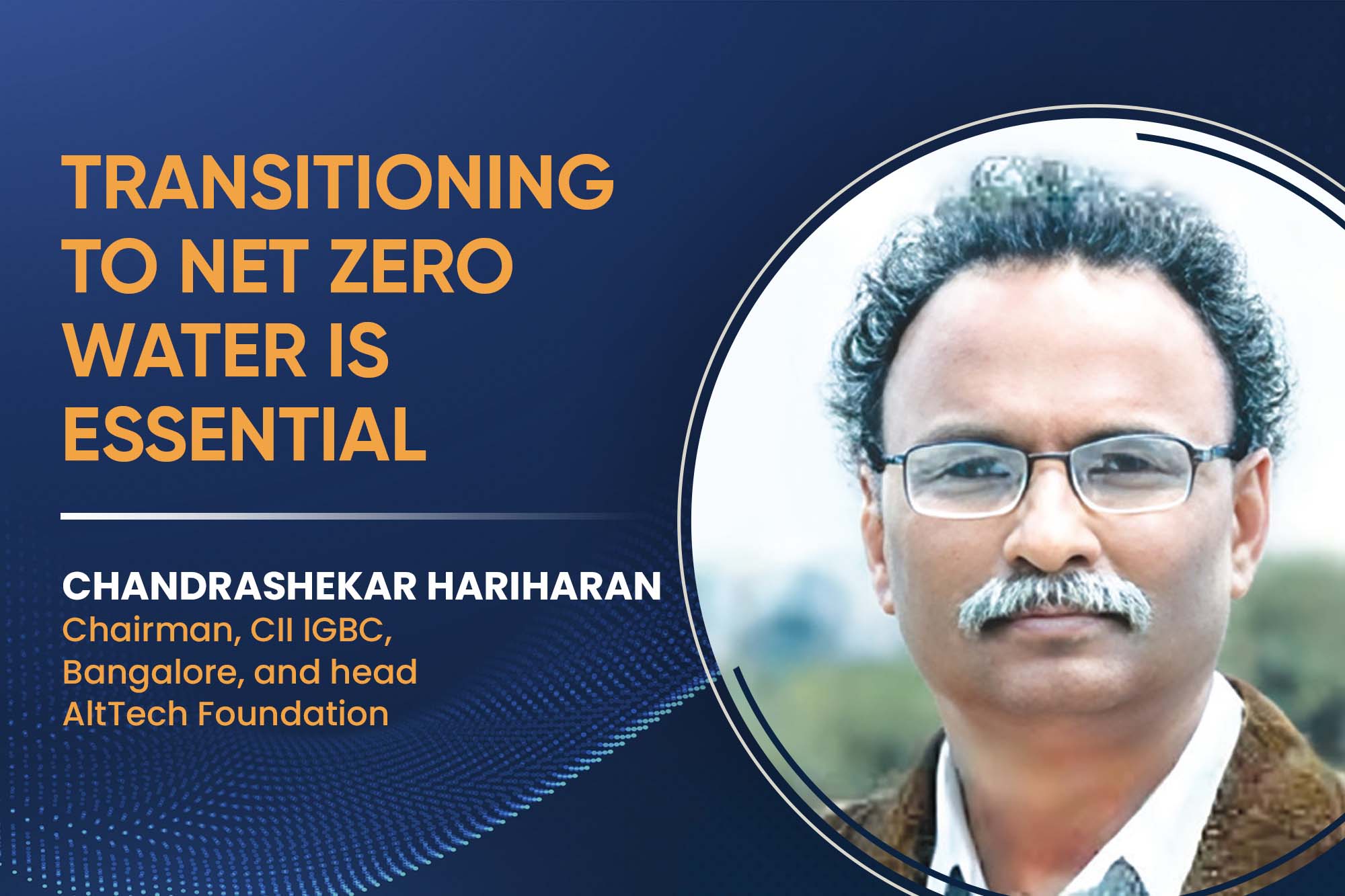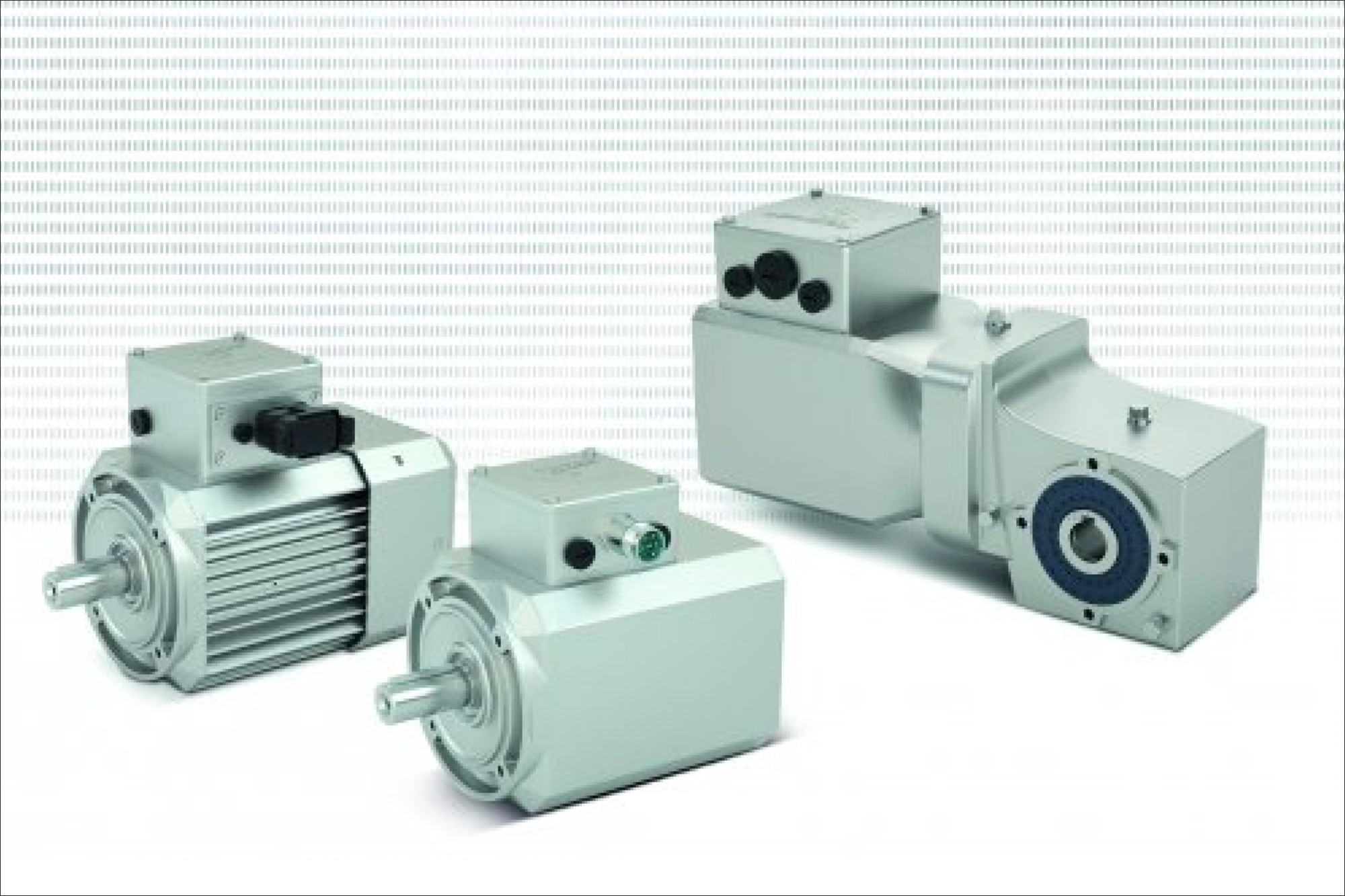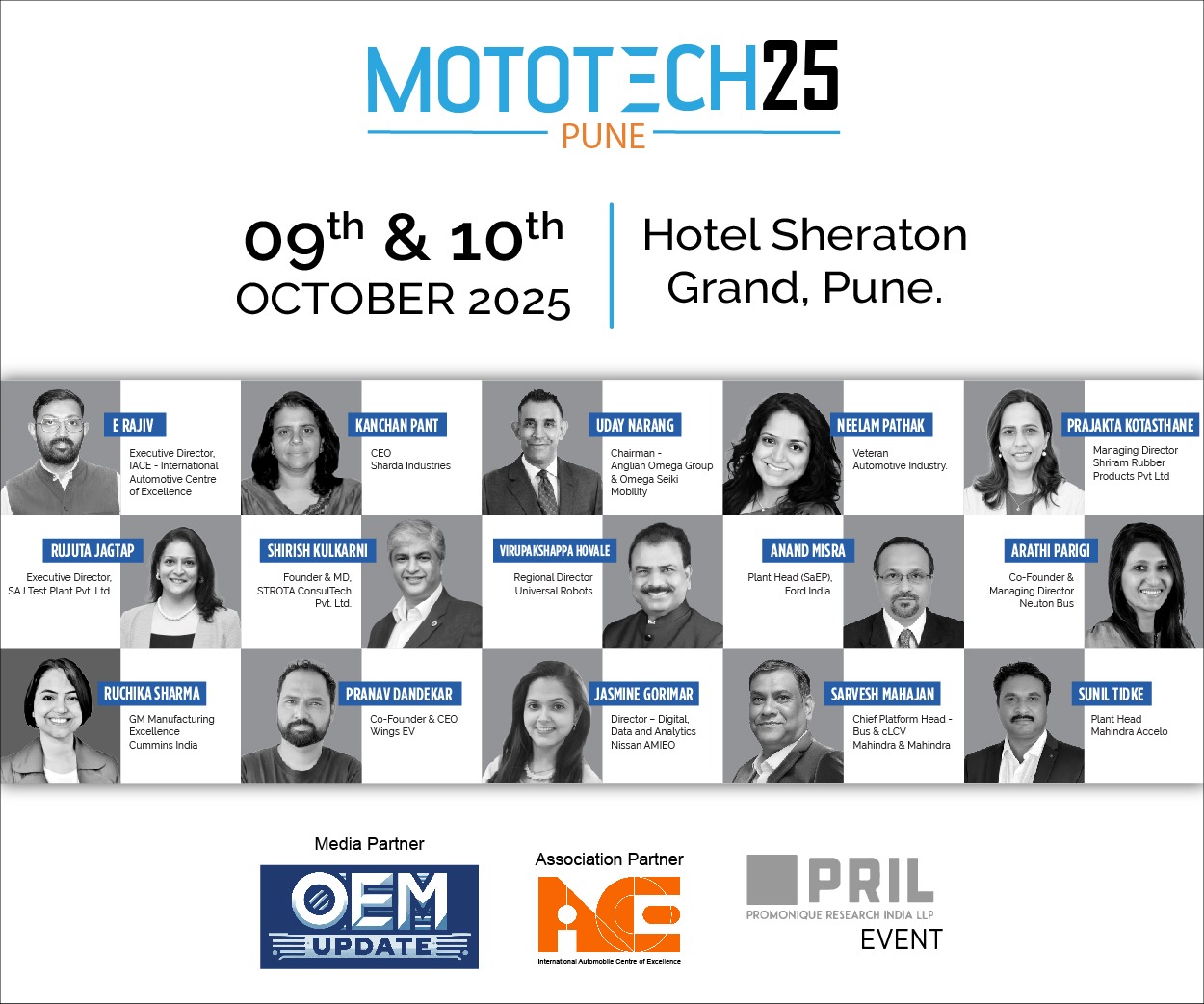Rethink water management before it’s too late
By Staff Report June 18, 2025 2:13 pm IST
According to the Food and Agriculture Organisation, 1.8 billion people face total water scarcity in 2025, making it crucial to rethink how we use this precious resource. A change in mindset is necessary, as water management approaches focused on supply are no longer viable. Raveendra Bhat, Area Sales Director at Water Utility INDO Region, Grundfos, discusses the urgent need to address water scarcity in India.
Envision a world where every ounce of water is precious, women walk miles to fetch water, farmers watch their crops shrivel due to a lack of irrigation, and cities face shutdowns because their water supplies have run dry. It is not a dystopian future; it’s the reality for billions today.
According to the Food and Agriculture Organisation, 1.8 billion people face total water scarcity in 2025, making it imperative to rethink how we use this precious resource. As people become more aware of the ecological limits of watersheds, the history of water is seemingly challenged. It requires a change in mindset, as water management approaches focused on supply are no longer viable.
Technology continues to be an important force in transforming the water sector, but the cultural shift alongside it holds the key to achieving meaningful change. For example, the Grundfos facility in Chennai, which was built as the first commercial green building, was later accredited as a LEED Platinum–certified factory. It stores about 53% of its rainwater, recycles its wastewater for landscaping, and has a solar array that gives it a minimal carbon footprint. These illustrations serve as a reminder that addressing water issues calls for a fundamental change in people’s attitude, where every drop is valued and conserved.
To make a difference, smarter ways of managing demand and avoiding waste need to be implemented. Grundfos water management approaches have primarily focused on supply and expansion, rather than demand management. Water management is currently fragmented, with different sectors operating in isolation. Confronting the crisis will require collaboration, shifting from a supply-driven approach to one that prioritises the fair and sustainable use of water, ensuring that this finite resource remains available for future generations.
Technological intervention: Key driving factor for sustainable change
To address the increasing water crisis, it needs to transition from a linear ‘use-and-dispose’ model to a circular model in which wastewater will be treated as a viable resource rather than waste. This switch can relieve the strain on freshwater supplies and encourage sustainable water use. Today, in Chennai, Tamil Nadu, about 49% of treated wastewater is reused; in comparison, Delhi and Hyderabad reuse only 19% and 6%, respectively, showing that there is still vast untapped potential for recycling and reusing water in India.
Decentralised wastewater treatment systems are key since they treat water near where it is used, enabling greater reuse of non-potable water for irrigation and industrial uses. One widely cited success story is Alappuzha in Kerala, where community-level wastewater treatment plants have improved sanitation and allowed for local reuse. Complementing these efforts, clean energy initiatives are being integrated into water management systems elsewhere. Karnataka Surya Raitha Scheme aims to provide solar-powered irrigation pumps to farmers, minimising dependence on conventional energy sources and promoting sustainable farming practices to provide additional income.
The systems are further enhanced by integrating smart infrastructure technologies such as demand-driven distribution technologies developed by Grundfos using sensor-based high-efficiency pumps that adjust automatically to water demand, cutting waste and expense. To scale these solutions, massive infrastructure investment is vital. The Central Pollution Control Board (CPCB) mandates specialised pumping systems for the fine transportation of treated water for reuse in various sectors.
By bringing together local reuse systems, renewable energy mappings, and intelligent pump technologies, India can transform water management into a circular sustainable model that ensures water for generations.
Opportunities
To foster sustainability in water utilities, reducing carbon footprint, utilising energy-efficient technologies, and utilizing renewable energy like solar is crucial. Shift to powering water systems with renewable energy and energy-efficient technologies. Utilities can provide clean water to remote areas using off-grid, solar-powered pumping systems. Such decentralised systems enable better service coverage; they also help build sustainable socio-economic development by giving communities access to water reliably and affordably.
Meanwhile, Grundfos iSOLUTIONS are transforming the operations of water utilities. These systems deploy smart meters, cloud analytics, and real-time monitoring to improve water flows. Utilities will be able to identify leaks instantly, tune the pumping to actual demand, and have more accurate data for planning maintenance and upgrades. This greatly minimises non-revenue water (NRW), energy use, and operating expenses.
Real-world impact: A case study from Cambodia
One compelling example is the sustainable water systems from the Takeo province of Cambodia, where the Takeo Safe Water Supply utility experienced significant problems with water pressure and high NRW. They had water wasted, used too much energy, and had maintenance challenges that led to unreliable service.
To solve this, the utility worked with Grundfos to install a demand-driven distribution system and a smart sensor-based system that varies pump pressure according to real-time water demand in the network. This helped the utility keep water pressure even, minimise leaks, and reduce waste of water and energy. This led to a 20% saving in energy use and 13% water loss at the utility, as well as greater service reliability and reduced maintenance costs. This illustrates how sustainable practices and smart technologies can lead to significant gains in green and operational metrics.
Now and future: A cultural shift in communities mindsets
In Bengaluru, a model of sustainable water management can be found at the GM Infinite apartment complex in Jalahalli West. The residents use an advanced treatment system that purifies wastewater from the sewage treatment plant (STP) to make drinking water, and they recycle about 1.5 lakh litres a day for toilet flushing and cleaning. It greatly diminishes their dependence on fresh water and is a model for any housing development seeking to become water-resilient. This tale illustrates how a cultural transformation driven by community, education, and sustainability can yield deep and durable results.
Renewable energy, digital transformation, and new water management methods could enable the water industry to pioneer a path toward a sustainable and efficient future. However, resilient utilities do not sprout overnight; they are nurtured by a culture that welcomes change, seeks efficiency, and cares about sustainability.
To make water utilities sustainable over the long term, a culture of sustainability must be developed, encompassing collaboration, leadership, and a commitment to continuous innovation. The question is not whether this needs to be done but how quickly society can come together to ensure clean water for future generations. Bangalore is a contemporary story, driven by a single choice, step, and drop.
Cookie Consent
We use cookies to personalize your experience. By continuing to visit this website you agree to our Terms & Conditions, Privacy Policy and Cookie Policy.
